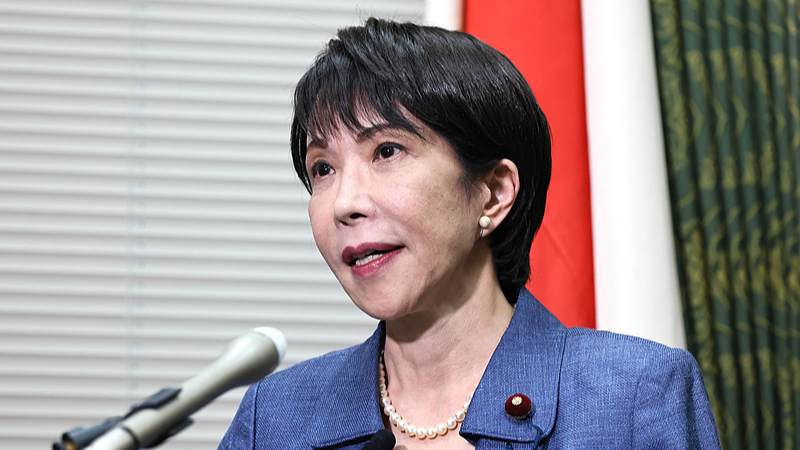Youth at the Heart of Peace-Building
At this week’s World Youth Congress for Peace in Beijing, President Xi Jinping sent a powerful message: “Peace is humanity’s shared aspiration, and the future of peace rests in your hands.” In a world facing climate emergencies, geopolitical tensions and widening divides, his call urges young people to transcend borders and ideologies, replacing confrontation with collaboration. As the most digitally connected generation, youth have a unique role in sparking cross-cultural dialogue that drives systemic change.
“Together for Peace” in a Complex Era
The congress theme, “Together for Peace,” resonates against startling figures: 123.2 million people forcibly displaced and youth unemployment at 13.8 percent in developing regions, according to UN data. Advocates stress inclusiveness and mutual trust as antidotes to escalating conflicts and economic gaps. Under China’s Global Development Initiative, more than 1,300 education and healthcare projects from the Belt and Road Initiative now partner with local young leaders through skills training—laying the groundwork for lasting stability.
From Vision to Action
Youth still face hurdles. Only 2.6 percent of parliamentarians are under 30 globally, and in Latin America, 40 percent of workers aged 15–24 are in informal jobs that leave little room for activism. To bridge these gaps, the congress proposed youth quotas in legislatures, digital empowerment via AI and blockchain—such as Kenya’s M-Pesa platform, which enabled grassroots drought relief—and the integration of peace studies into curricula through programs like UNESCO’s Global Citizenship Education.
Looking Ahead
The path to a peaceful future demands inter-generational commitment. Governments must dismantle barriers to youth participation, and society should amplify young voices across media and advocacy channels. By empowering youth as both beneficiaries and architects of peace, the world can move closer to ending poverty, conflict and inequality—transforming idealism into impact.
Reference(s):
Building a peaceful future together with the strength of youth
cgtn.com
